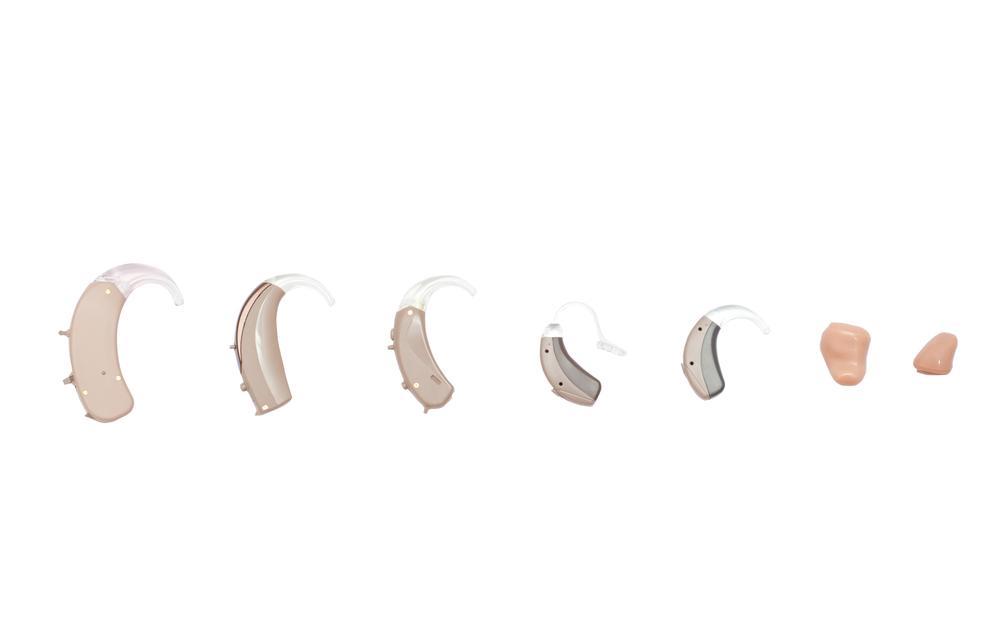Hearing Aid Comparisons – the Best of the Lot
Hearing aids are quite the life-altering decision in one’s life. You want to make sure you’re picking one that best enhances your life, and does what you need it to do. Everyone’s hearing difficulties differ, and so everyone’s hearing aids will be different as well. You might ask a colleague or a friend to recommend a brand or a model, but it might not work best for you.
The safest way to go about it is to ensure that the hearing aid you pick is best suited to your needs.

What to base your hearing aid comparisons on?
You want comfort with your hearing aid above all else. Both the physical properties of the model you pick and its acoustic ability will decide its overall comfort and usage. Besides this, your lifestyle and manual dexterity skills help determine which hearing aid will best suit you.
How hearing aids work is by cutting off background noise and amplifying the sounds coming your way. Essentially, making sounds louder and easier to understand. You can go to your ENT specialist, or hearing aid specialist, and get a hearing aid. This will then be altered on many parameters to help you decide what you need help with the most. Depending upon this data, you can pick from the many options you have.
Start with the types
Here are the various types of hearing aids, depending upon whether they’re worn on or in the ear.
Behind the ear – mini
You have probably heard of this as the receiver in canal (RIC) or canal receiver technology (CRT). In these kinds of hearing aids, the receiver sends the sounds directly to the inner canal. It’s made using a custom-made mold of your ear and sits behind connected to the receiver via a thin wire. It is barely visible outside and doesn’t make the wearer feel plugged up. However, it does have a limited life due to wax buildup and moisture getting into the receiver.
Behind the ear – traditional
This is the not-so-mini version. In this hearing aid, all parts are placed inside a container that’s worn behind the ear. A small wire connects the case to the receiver and the earmold worn inside the ear. This is best reserved for those with a severe hearing loss because it has considerable amplifying properties. Controls are easy to understand and use as well. There’s also next to no feedback because the fitting is custom.
Completely in the canal (CIC)
This one fits deep inside the ear, it has zero visibility. The lister also has no feedback during calls, since it is away from all noise. It’s also less sensitive to other white sounds such as wind. However, it is all too small for any directional listening.
Not to mention that wax and moisture could severely hamper its life. It’s also a task to handle and remove the aid, and it requires frequent battery changes. This is best suited for those suffering from a mild hearing problem.
Picking the right one
From the many options you have, it’s simple to decide which one would best suit you. Besides, some of the modern hearing aids come with added features. Everything from external volume control, to directional hearing.
Depending upon the severity of your hearing loss, you can even pick those that indicate battery shortage, or hearing aids that specifically avoid the rapid buildup of wax.
If you’re confused about the kinds of providers there are, refer to an audiologist. Any test he or she conducts will help determine if there are any underlying problems with your hearing loss, and which brand and model can help you out the best.
Beltone and Miracle Ear Hearing are two of the most popular and preferred brands. Hear is a website wherein through everything they have to offer, and simply pick one that you like best.




